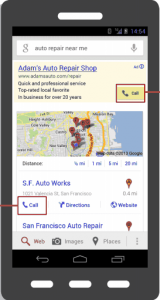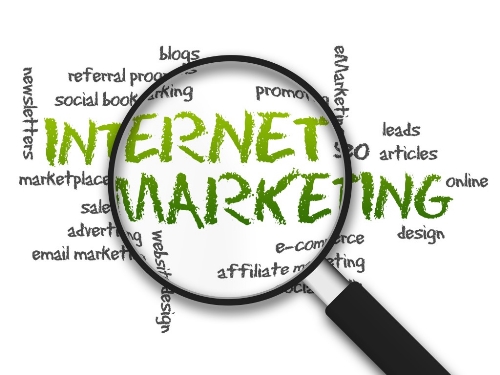 Small businesses are constantly tasked with making the most of the limited resources they have. If you are handling your online marketing within your company, chances are you are putting a significant amount of resources towards your marketing. While marketing obviously costs money, it also costs time and effort from workers and you likely aren’t getting the results you really want from your efforts.
Small businesses are constantly tasked with making the most of the limited resources they have. If you are handling your online marketing within your company, chances are you are putting a significant amount of resources towards your marketing. While marketing obviously costs money, it also costs time and effort from workers and you likely aren’t getting the results you really want from your efforts.
Hiring an outside firm to take the reins on your online marketing may feel like giving away control of a vital part of your business, but it is more like hiring a driver who will take you where you would like to go while you are able to take care of your own business. If you are concerned about the prospect of enlisting an outside agency to handle or assist with your marketing, you might consider all the following ways hired marketing services can help your brand.
1) Save Time for Everyone
No matter the size of your team, allowing an outside party to take over marketing frees up time which can be better devoted to your own service. You will no longer have to invest the hours on writing marketing material, engaging your consumers on social media, or creating and managing all your email lists. With those tasks taken care of, your team can use their skills where they are really needed.
2) Gain an Outside Perspective
It is impossible for a business owner to ever distance themselves far from their business. The love of the industry, hard-earned skills, and personal investment in success all drive successful businesses, but they can also obscure your ability to see what exactly attracts your customers. Your perspective on the parts of your business that are most attractive will automatically be biased, so it can be important to have a set of extra eyes to give a professional and non-biased opinion. Marketing professionals understand consumer behaviors and how to attract and convert interested visitors, and they can use that knowledge to come up with unique angles you may not notice alone.
3) Leverage Built-In Expertise
If you are small enough to not have an actual marketing department, but you are still asking someone in your company to handle the online marketing, chances are they have other responsibilities. It is common for business owners to try to handle the marketing while they balance a million other responsibilities, or to have several team members who also work as customer service reps, salespeople, bookkeepers, or human resources. Hiring a third-party allows these members of your team (or yourself) to put their skills where they are most valuable, and you gain more professional and focused marketing in return.
4) Access to Specialized Technology
Your company likely uses a few platforms and technologies for various functions, including online marketing. But, how many marketing-specific programs do you use? Most likely, the answer is few to none. But, professional marketing services partner you with professionals who are well-versed with the latest technology designed specifically to improve the impact of marketing. Best of all, you won’t have to invest thousands of dollars in analytics and automation programs.
5) Do More With Less
One of the biggest drawbacks of handling your own marketing is a loss of efficiency. In-house marketing usually focuses on a few channels, but it also tends to miss other channels with huge potential for your business. It simply is impossible to handle maintaining a website while managing a PPC campaign, running several social media accounts, and trying to create insightful and useful blog content. You will either end up with low-quality output, an overwhelmed team, or both. Outsourcing the work allows you to cover all your bases and emphasize those with the best results for you, while optimizing those that are struggling. You will receive more back from your investments, with less effort and stress on your team.



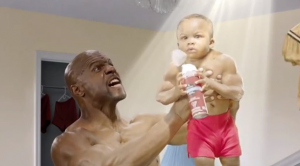 Every brand wants their commercials to go viral, but how do you connect with viewers on the internet? It might seem like common knowledge, but the best way to get users searching for your commercial is comedy. At least,
Every brand wants their commercials to go viral, but how do you connect with viewers on the internet? It might seem like common knowledge, but the best way to get users searching for your commercial is comedy. At least, 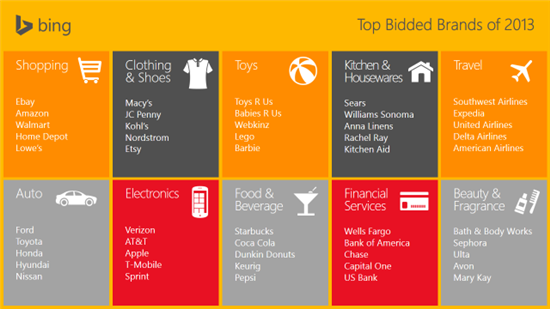
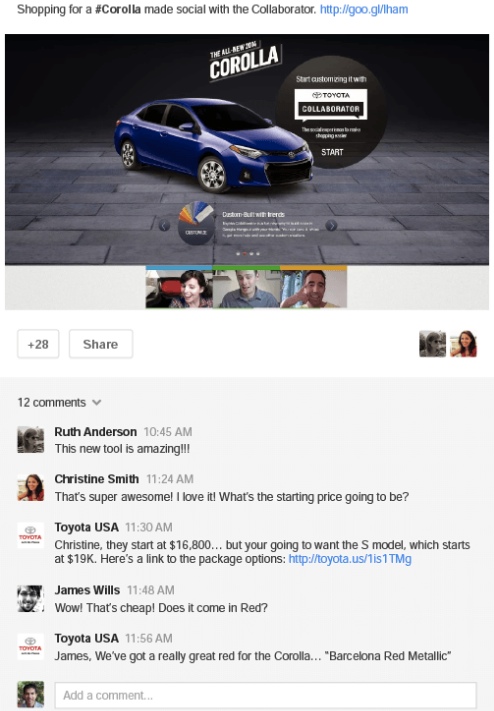
 Maybe Google really is listening. At long last, they have finally added one of the most requested features for AdWords by implementing the simple “Undo” function. It is exactly what it sounds like, basically backing up settings for all aspects of your account and keeping track of the changes you made. If you click the button, your campaign will return to the state it was at the specified time.
Maybe Google really is listening. At long last, they have finally added one of the most requested features for AdWords by implementing the simple “Undo” function. It is exactly what it sounds like, basically backing up settings for all aspects of your account and keeping track of the changes you made. If you click the button, your campaign will return to the state it was at the specified time.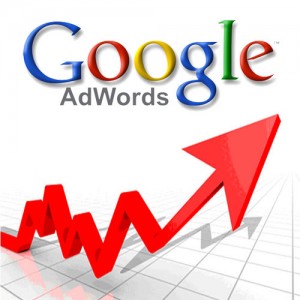 You may have noticed earlier this month that the AdWords Bid Simulator tool has a new feature which
You may have noticed earlier this month that the AdWords Bid Simulator tool has a new feature which  Social media has become a part of our lives whether we like it or not, and don’t expect that to change in the next year. In fact, if marketing trends are to be believed, 2014 could be the biggest year yet for social media marketing. Erik Sass
Social media has become a part of our lives whether we like it or not, and don’t expect that to change in the next year. In fact, if marketing trends are to be believed, 2014 could be the biggest year yet for social media marketing. Erik Sass 